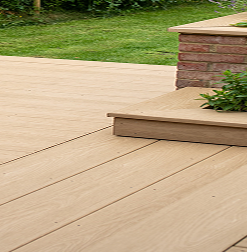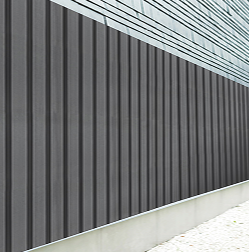
Summary
In this article, we will take a look at asbestos roof tiles, when and how they were used in construction, how to identify them, if and how you can remove and/or replace them, as well as some other useful information.
When was asbestos used in roofing?
Asbestos is a notorious material that was widely used in the construction and building industry throughout the 19th and early 20th centuries, predominantly in corrugated tile form, until its detrimental effects on human safety became apparent in the 1960s when its use was under legal restriction - before all asbestos products became fully banned substances in 1999.
Asbestos Roof Tiles
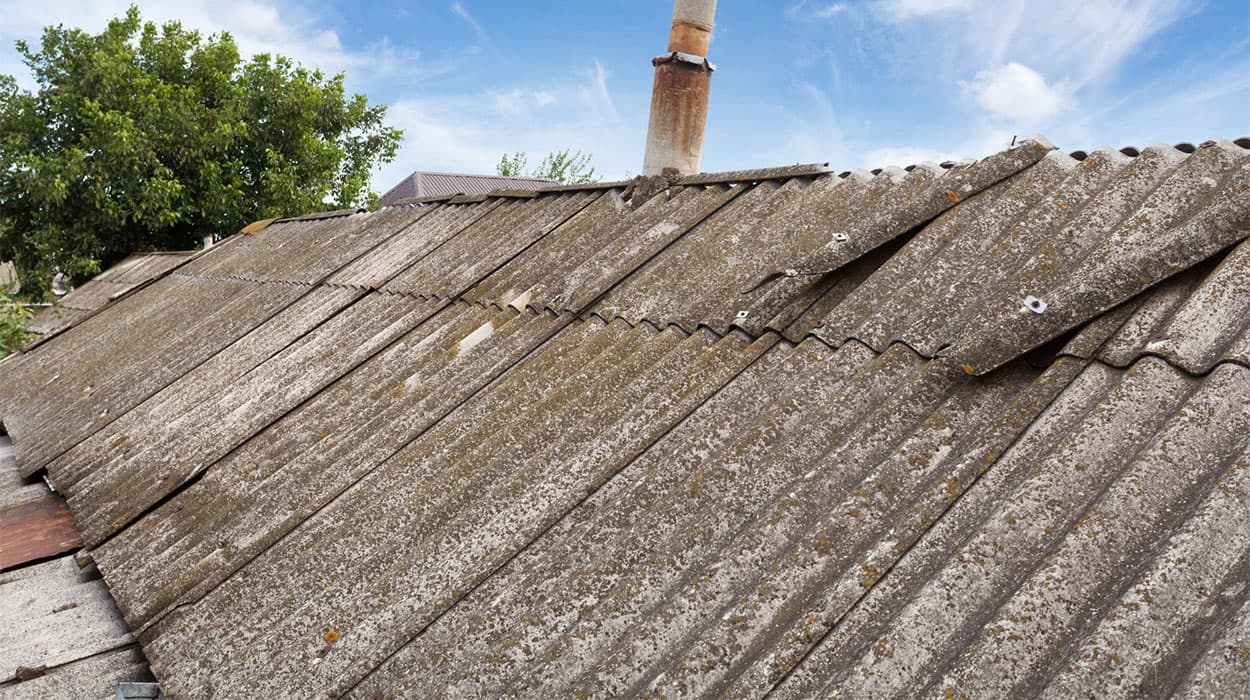
Before its risk to humans was known, asbestos was commonly used in roofing thanks to its many benefits such as high heat insulation and fire resistant properties - as well as low cost.
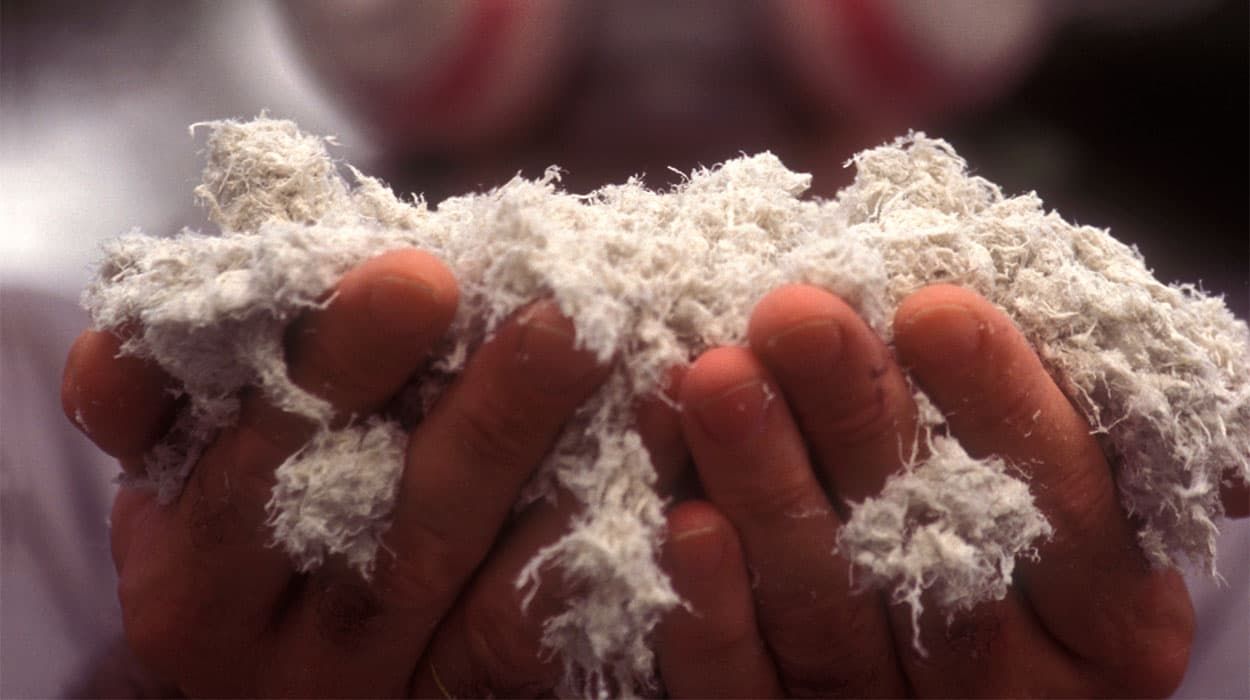
HOW TO IDENTIFY ASBESTOS?
To identify asbestos in your roof you need to take into consideration the date it was built. If it was erected post-2000, you are safe - as these tiles were banned in the UK after this year and so there will not be any present.
If your property was constructed before this date, however, it could potentially be at risk - especially if the build date was pre-1980s.
The second thing to look out for in this instance is the surface of your roof. Does the roof have broken or chipped corners, is it dimpled or cratered?
If the answer is yes and you suspect your roof matches the above symptoms - then your property could be a well contain asbestos tiles in its roof and pose a threat.
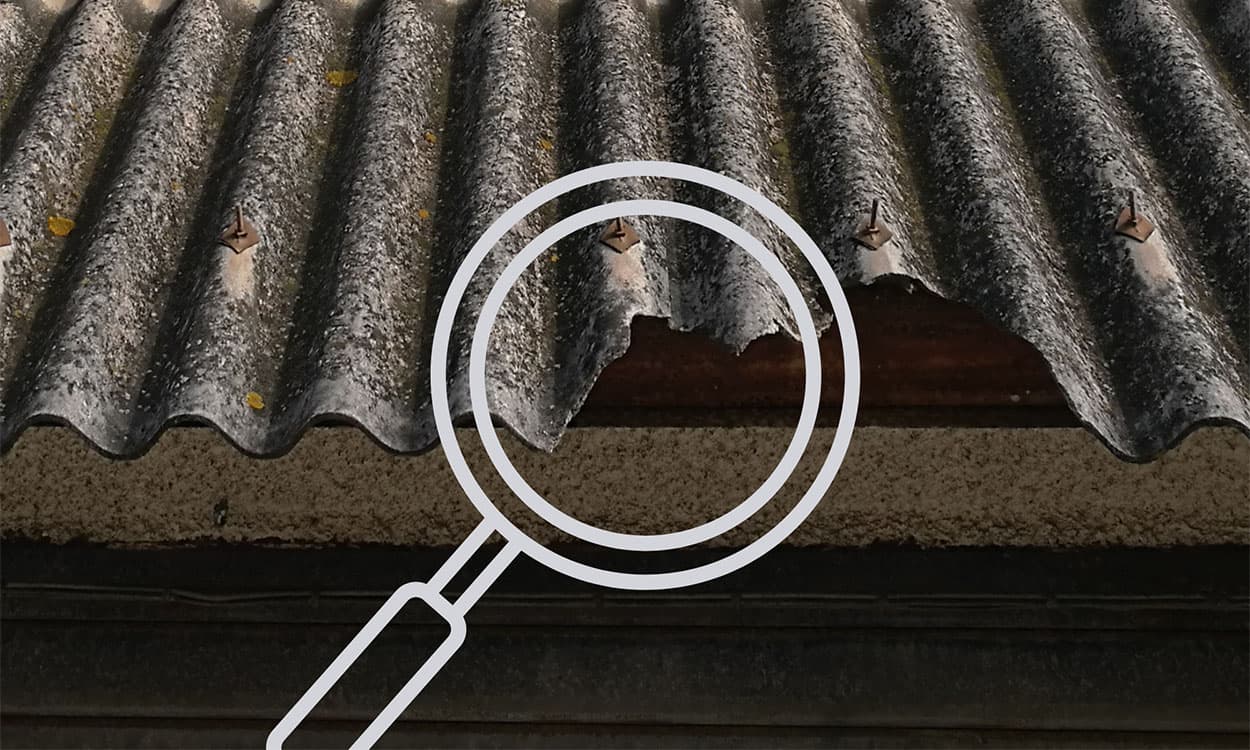
Asbestos used in Slate Effect Roof Tiles
In the past, asbestos cement was used as an alternative material to make roof tiles that pose the same look as traditional slate tiles - which are considered a quality roofing material on many desirable properties and houses.
The material used in tiles is much the same as other asbestos products - a composition of white strand-like particles mixed with cement to create a variety of strong, low-cost roofing products. This composite cement would then be formed into flat shingles to recreate the look of slate roof tiles.
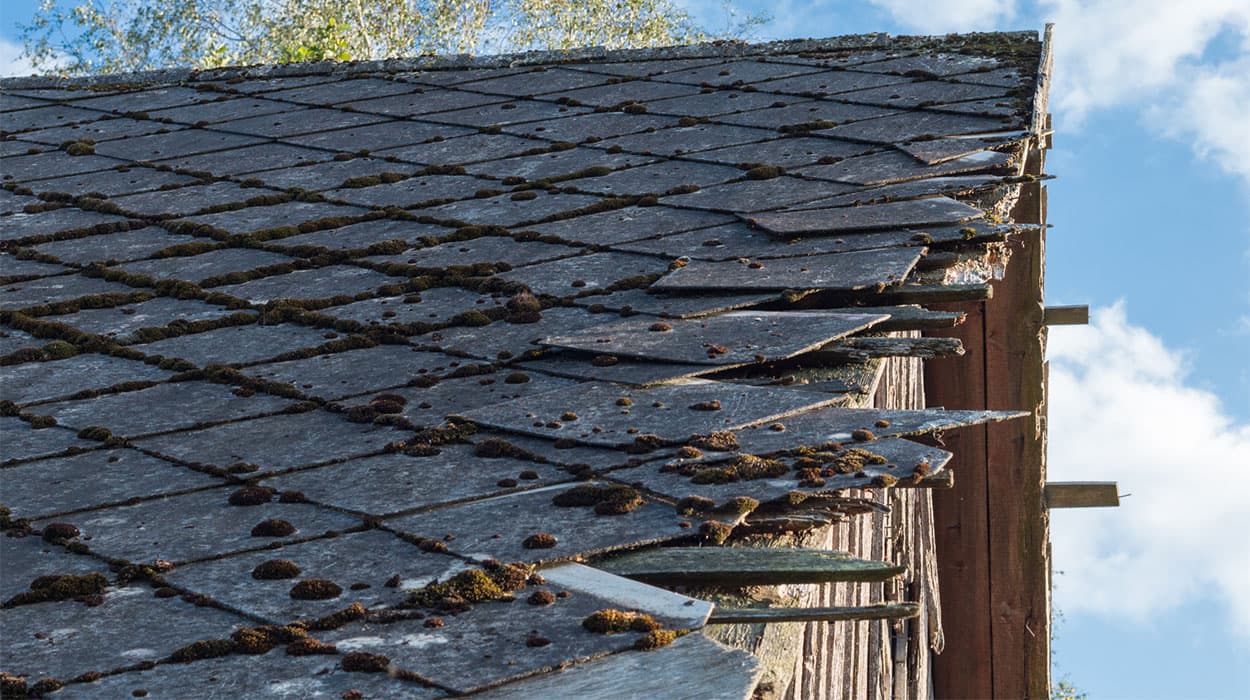
Fibre Cement Sheets with Asbestos
Asbestos fibre cement sheets comprise of cement (which makes up the majority of the mixture), and Chrysotile asbestos fibres (that makeup 10-15% of the mixture). This substance was commonly used for asbestos fibre roofing sheets and tile forms.
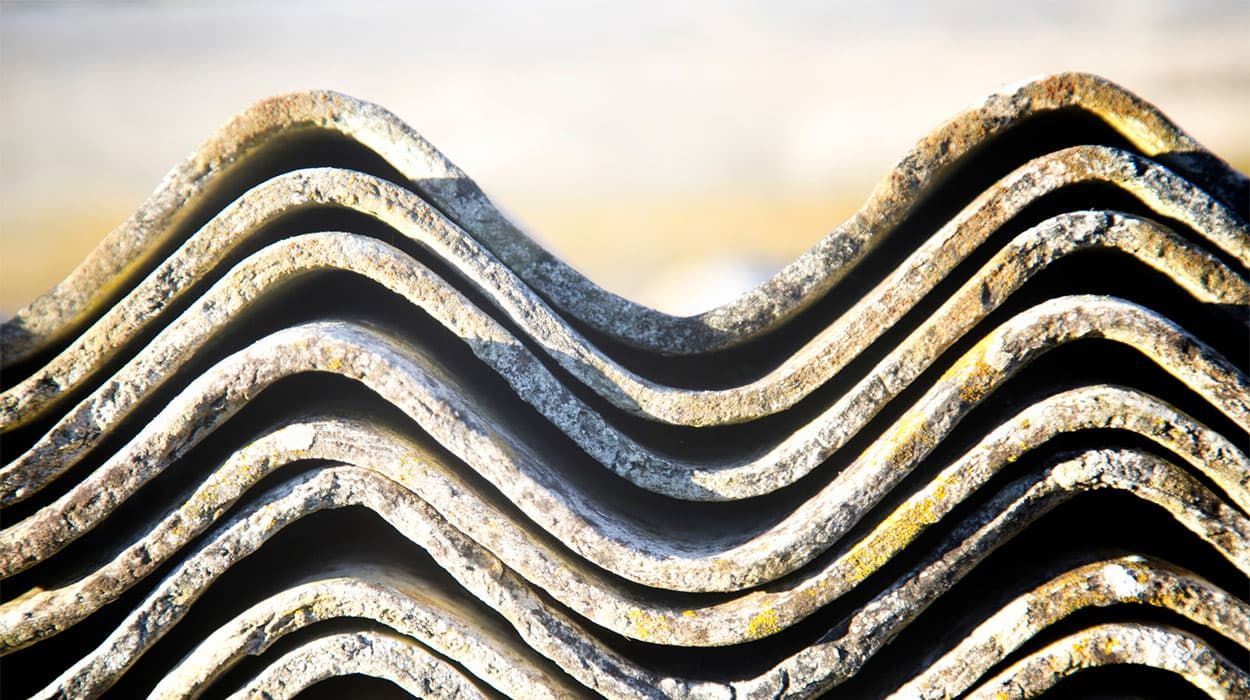
Are asbestos roof tiles dangerous?
If an asbestos roof is deteriorating or even just one roof tile is damaged, microscopic fibres can become airborne and the dangerous fibres become potentially inhalable to humans from the open air. If this occurs a huge danger to health is posed - and so if you're asking the questions are asbestos roof tiles dangerous? yes - they are.
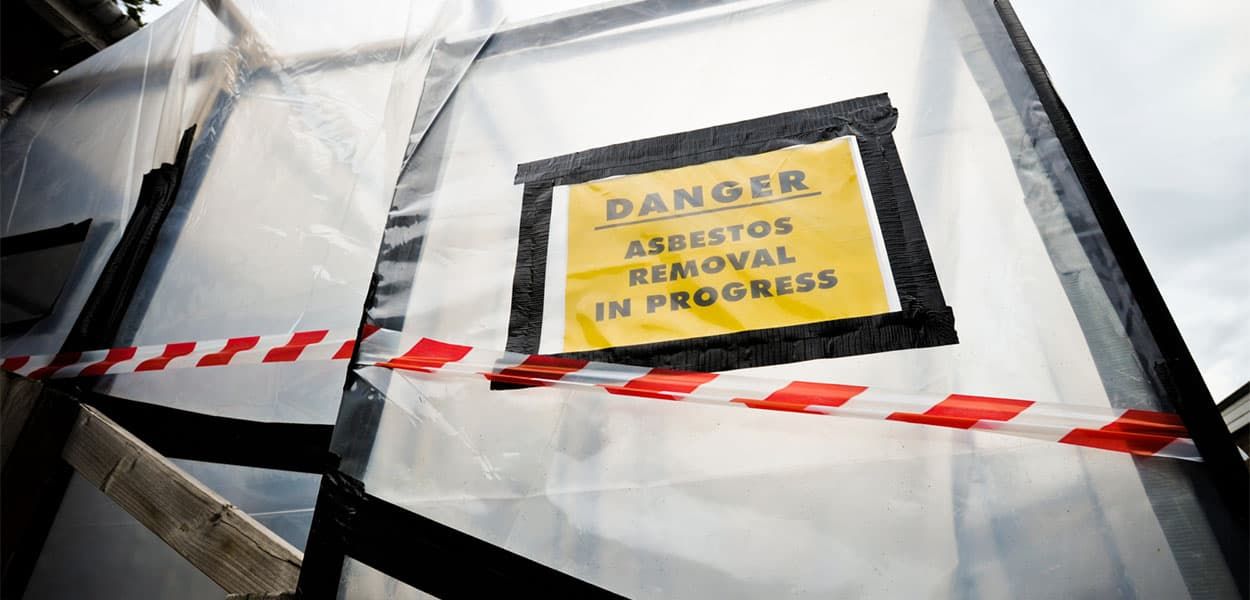
The microscopic dangerous fibres can cause a serious safety risk if in the air to be exposed to humans and can lead to life-threatening medical problems such as lung cancer, mesothelioma and lung and pulmonary diseases. This was commonly found to be the case in those working in full-scale mining for asbestos.
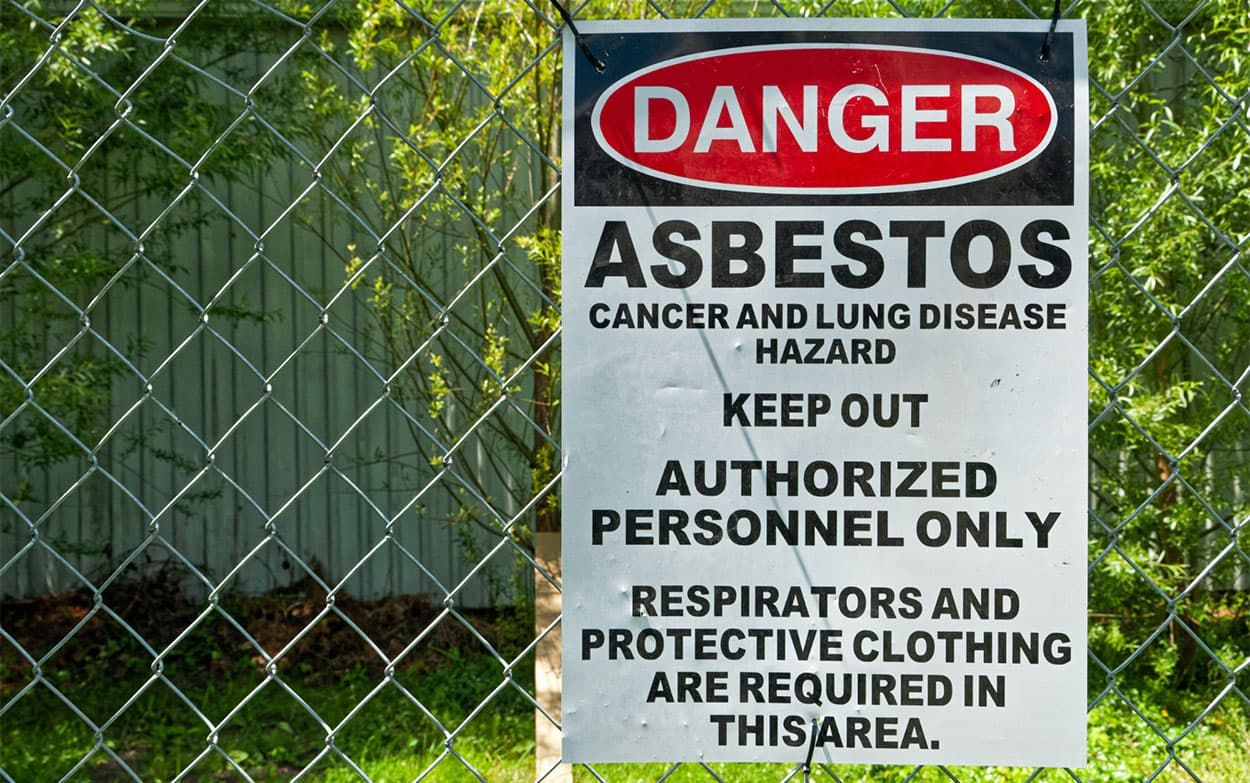
Therefore there are strict health guidelines when it comes to the safe disposal of materials containing asbestos, ensuring they are not damaged further resulting in exposure.
As white fibres (which are considered the least potentially dangerous types of asbestos) are used in asbestos roof tiles, they are considered a lot less hazardous to human health - however, they are still a health issue!
Blue asbestos and brown asbestos are the most damaging to human health, however, these were not used in the manufacturing process of asbestos roof tiles and were banned years before white.
Can Asbestos Roofs be Repaired?
If you suspect your roof to be asbestos, it cannot be repaired - only replaced after careful asbestos removal, or in some cases, covered completely.
Roofs will need replacing when the asbestos sheets or asbestos tiles are chipped, damaged or broken which can happen easily due to the age of most asbestos roofs.
If your roof is still in good condition, it is however always worth taking into consideration future issues that may arise - stopping any problems in their tracks.
Also consider if you plan to sell your home shortly, having an asbestos roof may discourage potential buyers. To get the best value for your home, a new roof may be the best option.
Removing and Replacing an Asbestos Roof
CAN YOU REMOVE ASBESTOS YOURSELF?
Yes, if you are looking to remove your asbestos roof yourself, you can, as it is considered safer when compared to other asbestos substances due to its low saturation levels (10%) of harmful asbestos. You will need to wear a considerable amount of safety clothing, including disposable overalls, gloves, and masks as well as cover any exposed hair and skin.
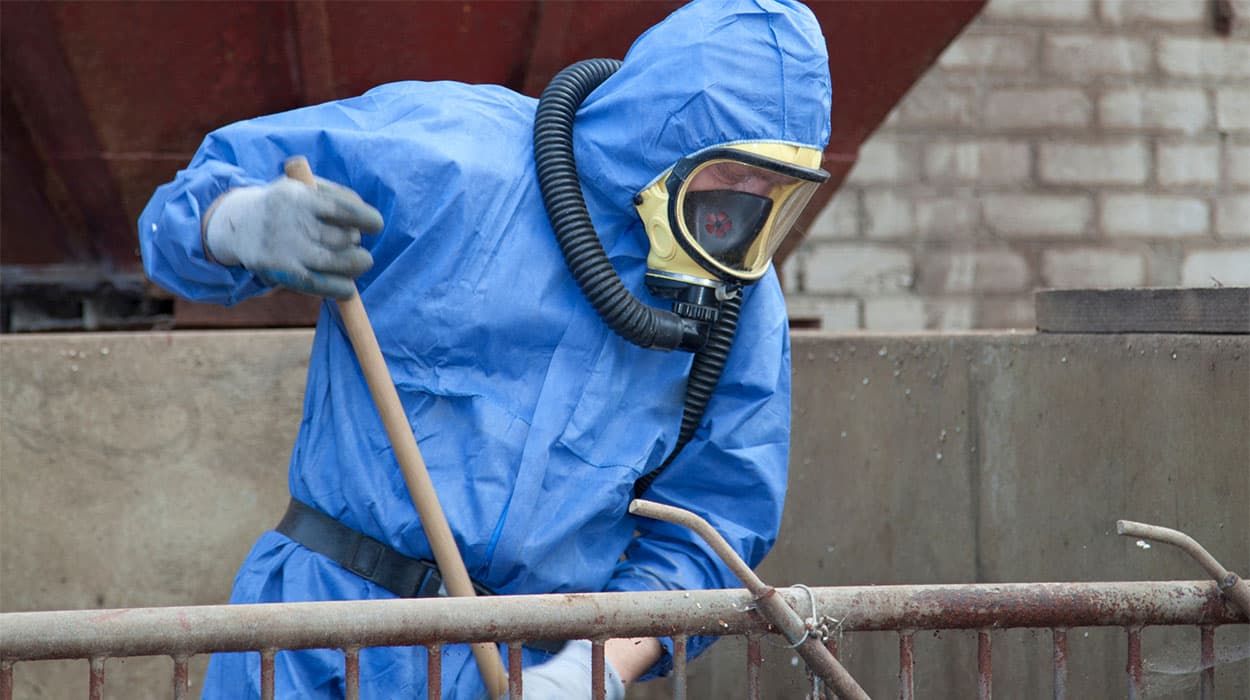
However, it is highly recommended that a professional does this for you as they have greater experience working with asbestos roofing. It is worth considering that although this may cost over a thousand pounds for removal, the safety and long-term benefits far outweigh the cost.
REPLACING ASBESTOS ROOFS
Metal roofing sheets are perfect for replacing asbestos tiles. They are manufactured using high-quality coated steel sheets and are available in a variety of contemporary and traditional profiles including Tile Form, corrugated and Box Profile.
To replicate the high-heat retaining properties of asbestos, roofing sheets can also be purchased as insulated roof panels.
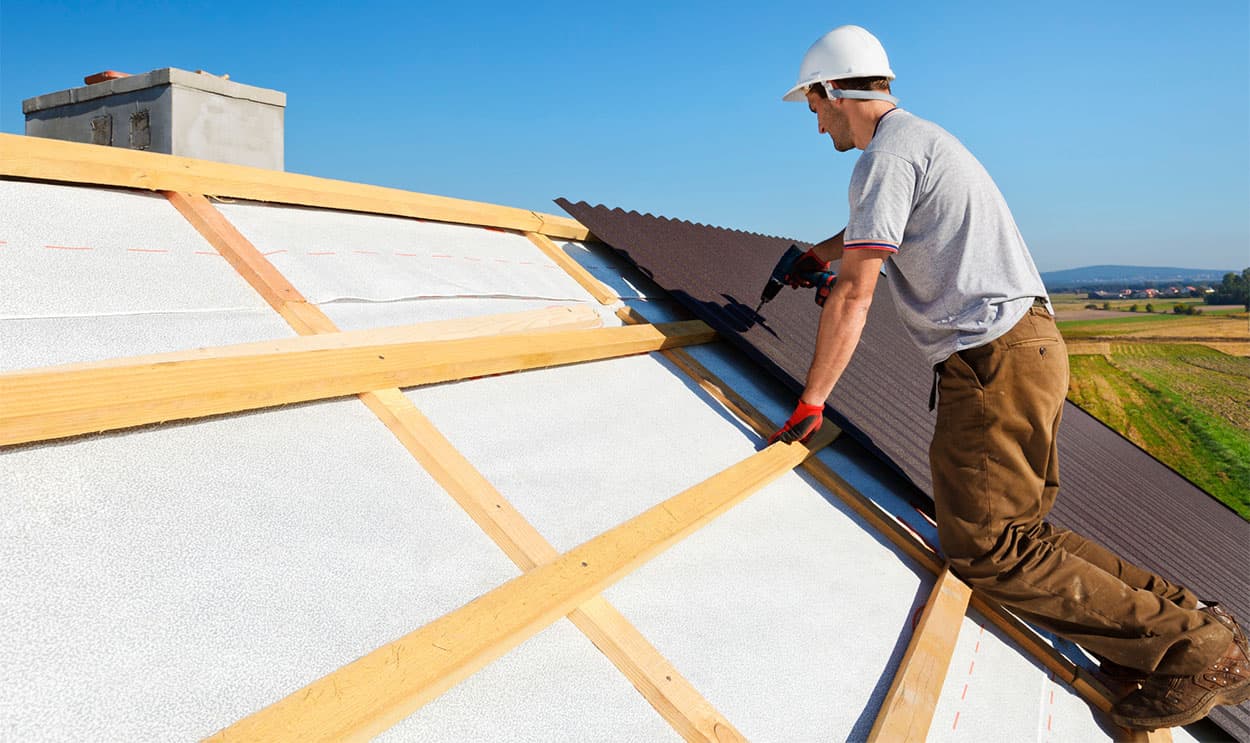
DISPOSAL OF ASBESTOS
When disposing of materials that contain asbestos, you will need to take incredible care and extra precautions to ensure you are at relatively low risk of any exposure.
There are specific sites containing designated skips where asbestos cement or other asbestos-based materials will need to be taken to. The tiles will need to be wrapped in strong plastic and any debris they may have been in contact with will be sealed in heavy-duty plastic bags.
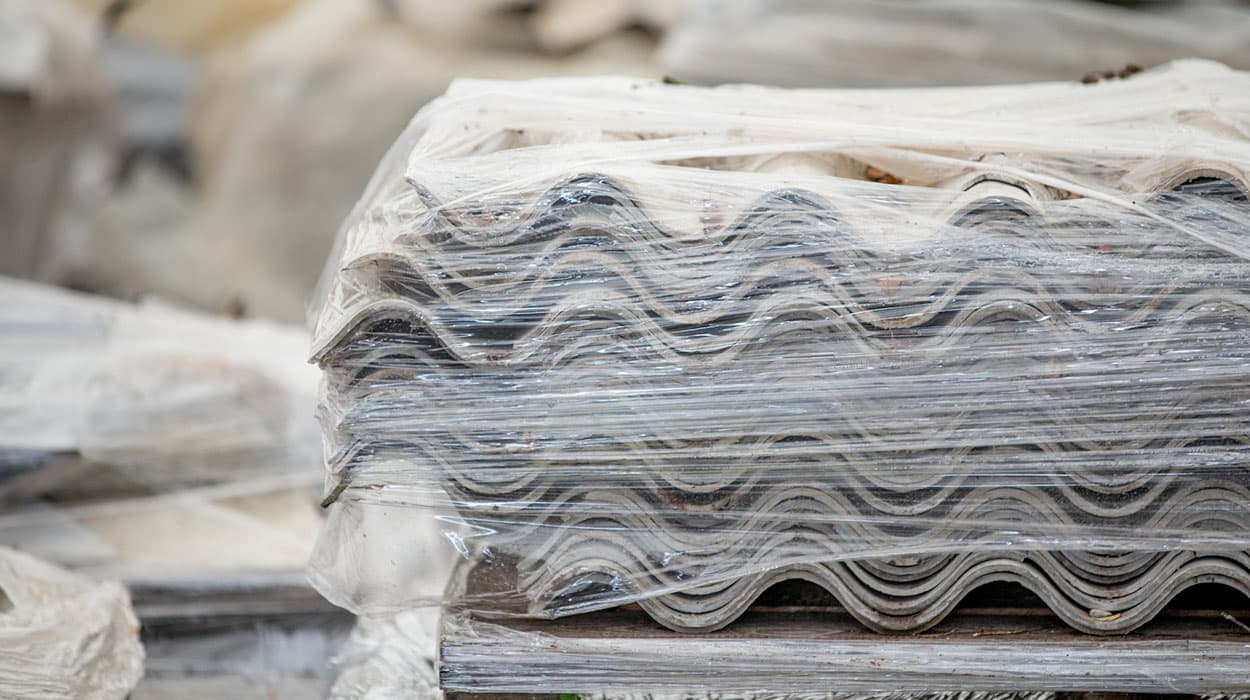
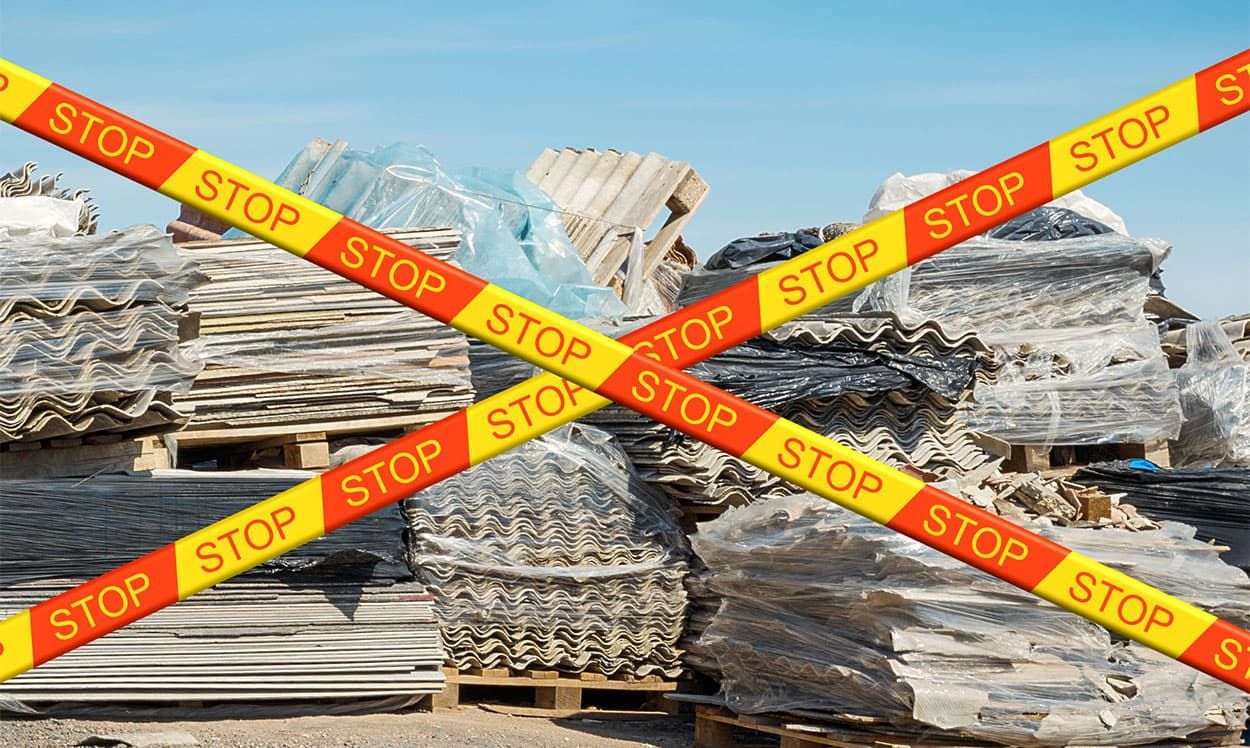
COSTS INVOLVED
If you are opting to use a professional builder to remove and dispose of your roof tiles, it can cost more than one thousand pounds, depending on the size of your roof, your location and the experience of the builder or contractor.
When looking for a quote, be aware and ensure that all costs are covered. These will include the costs of safety equipment, protective responsibilities for the rest of the house, physically removing, transporting and finally - safely disposing of the tiles at a designated safety site.
Last Updated: September 08, 2025
Please note all information is correct at the time of writing. However, we encourage you to do your own research to ensure it remains accurate and relevant to your needs.






